Curious Questions: Are bees really busy?
We've all used the phrase 'busy as a bee' – but is it justified? Or are bees just as liable to laze around as they are to work their little furry socks off?
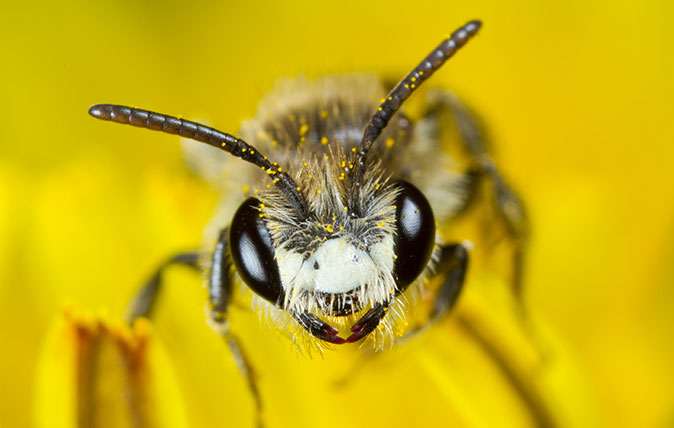

By the time I left university, I was heartily sick of bees. I had studied Vergil’s fourth book of the Georgics at both A-level and degree level and could pretty much tell you everything the poet knew about the blessed pollinators.
Not that I have anything against them per se – and in our garden we cultivate plants especially to attract them – but at the time, enough was enough.
Vergil’s thesis was that bees are like human society. They work, are devoted to a king (or a queen, in the case of bees) and are willing to die for a cause. Over the millennia they have gained a reputation for being industrious. ‘As busy as a bee’ is a popular idiom still in vogue. But is this reputation well-deserved?
Where bees forage, workers can make up to one hundred foraging trips a day, but their activities cease at sundown. Other bees, whose responsibilities include tending the honeycombs and cooling the nest, work around the clock but also take frequent breaks.
Drones, on the other hand, don’t leave the hive until early afternoon and rely on other bees to feed them.
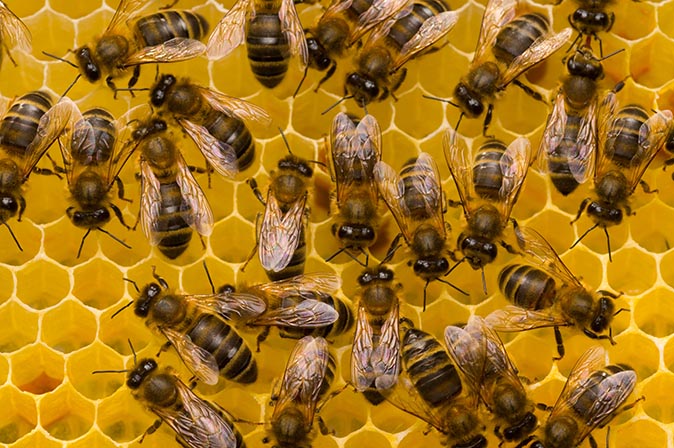
Research conducted by the University of Illinois sheds some light on how busy bees are. Five honeybee colonies were used in the experiments – three in natural outdoor areas and the other two in special screened enclosures. Each hive was equipped with pairs of laser scanners at the entrances and between one and three hundred workers from each colony were tagged with tiny micro-transponders which enabled the scanners to tag their IDs, direction of travel, and time of day.
After a couple of months’ data gathering, the scientists saw that a small proportion of the bees, around 20 per cent, were much busier than the rest, accounting for up to 50 per cent of all the recorded flight activity.
Exquisite houses, the beauty of Nature, and how to get the most from your life, straight to your inbox.
These busy bees began making flights as soon as the colony became active each morning and made regular, closely spaced flights throughout the day until the colony called a halt to its flight activities in the evening.
These busy bees, though, weren’t always busy, and the levels of their activity peaked and troughed over the course of the experiment and their lifetimes. This observation encouraged the scientists to wonder whether their industriousness was an adaptive response rather than an innate one.
In other words, did the bees adapt their work patterns to prevailing conditions, and would those bees that were less energetic mend their ways in the absence of the busy bees?
Cunningly, the researchers lurked at the entrances to the enclosed hives at peak foraging time and captured all the bees that arrived there. When they looked at the flight records of the bees they had captured, the majority were in the top 20 per cent of the workforce.
For the rest of that day, activity at the feeders was quiet, but the following day, it had resumed at normal levels. Some of the bees that had been taking it easy because of the endeavours of the busy bees upped their activity levels by up to 500 per cent.
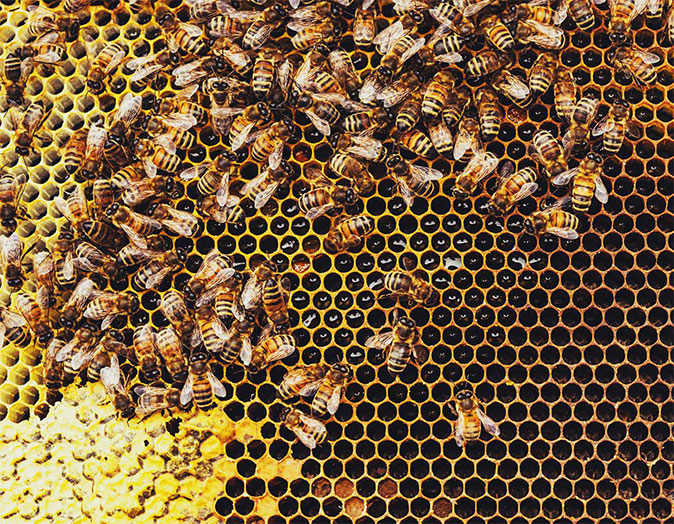
The scientists concluded that there isn’t a sharp divide in the hive between workers and slackers but that each worker keeps a check on the overall activity of the colony and adjusts its own endeavours to ensure that the overall needs of the colony are met.
Perhaps Vergil’s simile that bees reflect human society is more spot on than I thought. Bees aren’t busy per se but, like humans, do enough to get by.
So now we know!
Martin Fone is author of 'Fifty Curious Questions', from which this piece is an excerpt – find out more about his book or you can order a copy via Amazon.

Curious Questions: How do you make the perfect cream scone?
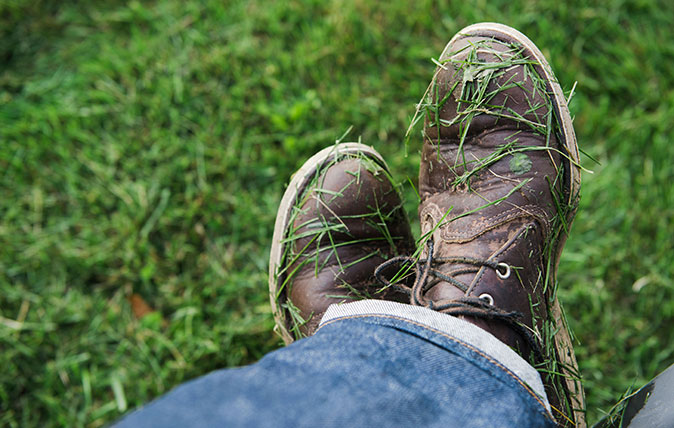
Credit: Alamy
Curious Questions: Why does freshly-mown grass smell so good?
Nothing says 'Spring is here' better than that wonderful aroma of newly-cut lawn. Martin Fone, author of 'Fifty Curious Questions',
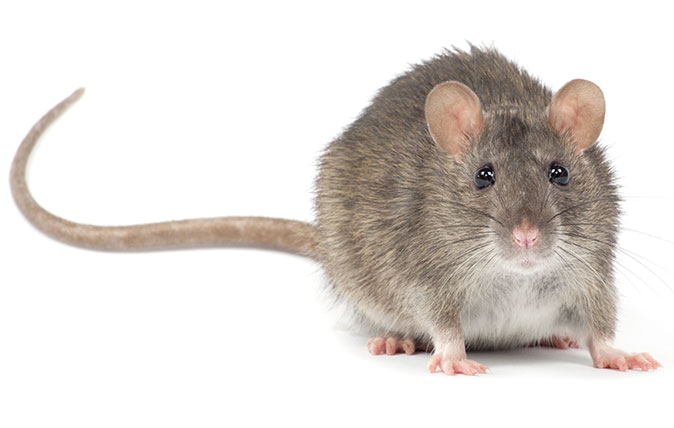
Credit: Alamy
Curious questions: Are you really never more than six feet away from a rat?
It's an oft-repeated truisim about rats, but is there any truth in it? Martin Fone, author of 'Fifty Curious Questions',
After graduating in Classics from Trinity College Cambridge and a 38 year career in the financial services sector in the City of London, Martin Fone started blogging and writing on a freelance basis as he slipped into retirement. He has developed a fearless passion for investigating the quirks and oddities of life and discovering the answers to questions most of us never even think to ask. A voracious reader, a keen but distinctly amateur gardener, and a gin enthusiast, Martin lives with his wife in Surrey. He has written five books, the latest of which is More Curious Questions.
-
 Country Life 5 November 2025
Country Life 5 November 2025Country Life 5 November 2025 looks at the 39 rules of living as a gentleman, Britain's most dangerous creatures and the art of war reporting.
-
 ‘So many of us look at the world through our screens and forget to pay attention to the world outside’: Katy Hessel on the world’s great female artists, why free entry to museums matters and her consuming passions
‘So many of us look at the world through our screens and forget to pay attention to the world outside’: Katy Hessel on the world’s great female artists, why free entry to museums matters and her consuming passionsThe author of ‘The Story of Art Without Men’ speaks to Lotte Brundle about the dangers of AI, how she fell in love with the art world and why it’s okay that her favourite painting is by a male artist.
-
 Curious Questions: Will the real Welsh daffodil please stand up
Curious Questions: Will the real Welsh daffodil please stand upFor generations, patriotic Welshmen and women have pinned a daffodil to their lapels to celebrate St David’s Day, says David Jones, but most are unaware that there is a separate species unique to the country.
-
 Nobody has ever been able to figure out just how long Britain's coastline is. Here's why.
Nobody has ever been able to figure out just how long Britain's coastline is. Here's why.Welcome to the Coastline Paradox, where trying to find an accurate answer is more of a hindrance than a help.
-
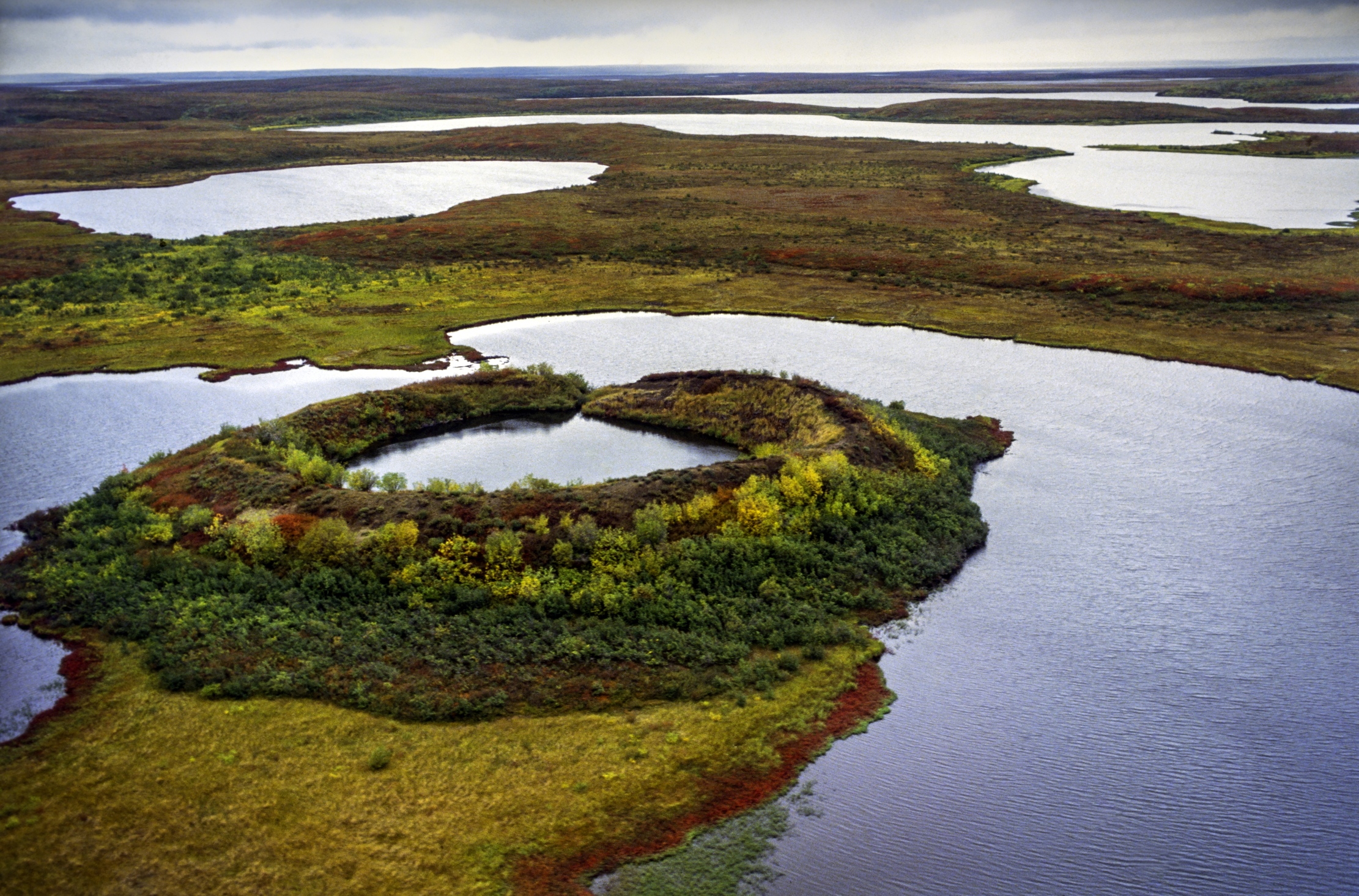 Curious questions: how an underground pond from the last Ice Age almost stopped the Blackwall Tunnel from being built
Curious questions: how an underground pond from the last Ice Age almost stopped the Blackwall Tunnel from being builtYou might think a pond is just a pond. You would be incorrect. Martin Fone tells us the fascinating story of pingo and dew ponds.
-
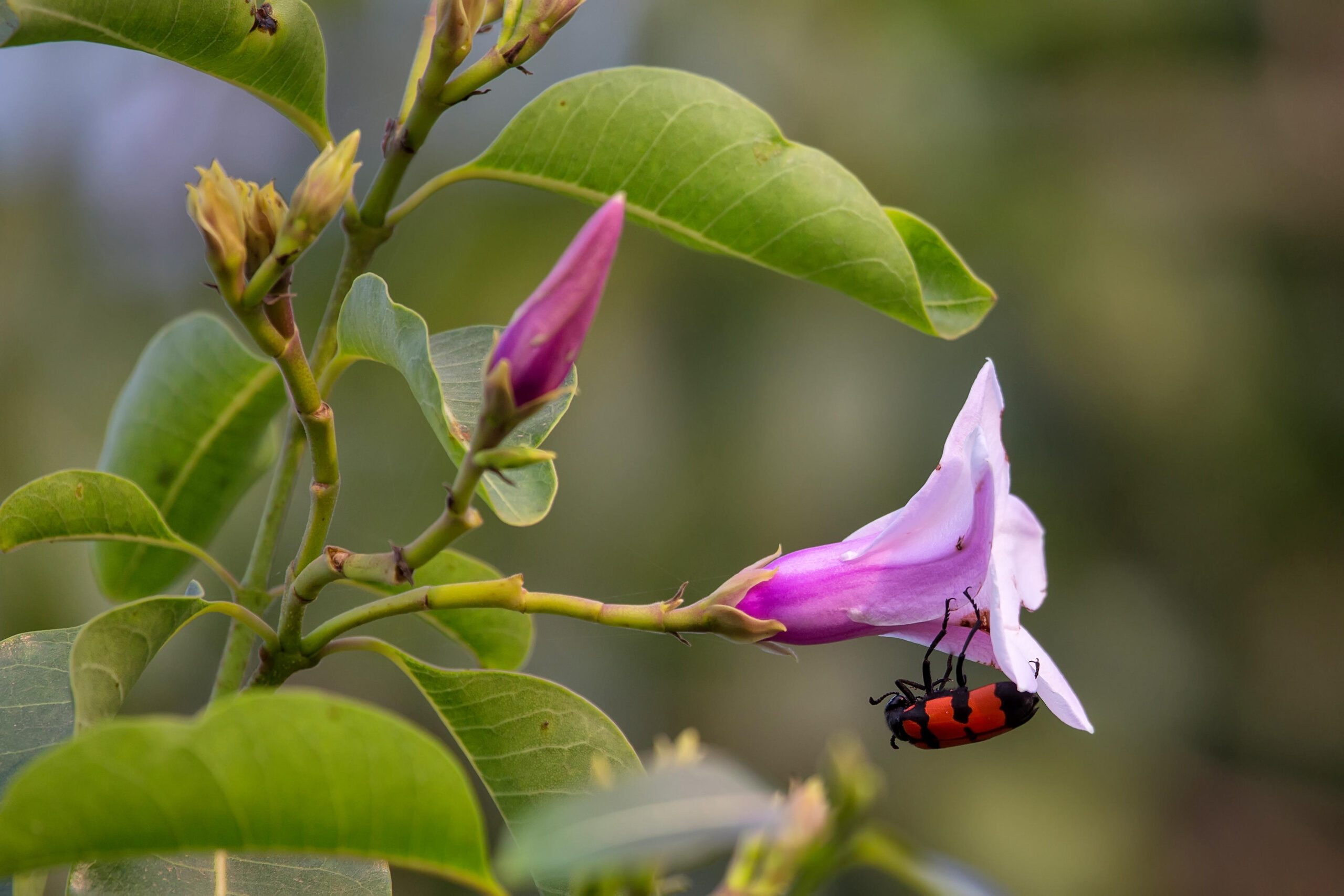 Curious Questions: What's in a (scientific) name? From Parastratiosphecomyia stratiosphecomyioides to Myxococcus llanfair pwll gwyn gyll go gery chwyrn drobwll llan tysilio gogo goch ensis, and everything in between
Curious Questions: What's in a (scientific) name? From Parastratiosphecomyia stratiosphecomyioides to Myxococcus llanfair pwll gwyn gyll go gery chwyrn drobwll llan tysilio gogo goch ensis, and everything in betweenScientific names are baffling to the layman, but carry all sorts of meanings to those who coin each new term. Martin Fone explains.
-
 Curious Questions: How did a scrotum joke confuse paleontologists for generations?
Curious Questions: How did a scrotum joke confuse paleontologists for generations?One of the earliest depictions of a fossil prompted a joke — or perhaps a misunderstanding — which coloured the view of dinosaur fossils for years. Martin Fone tells the tale of 'scrotum humanum'.
-
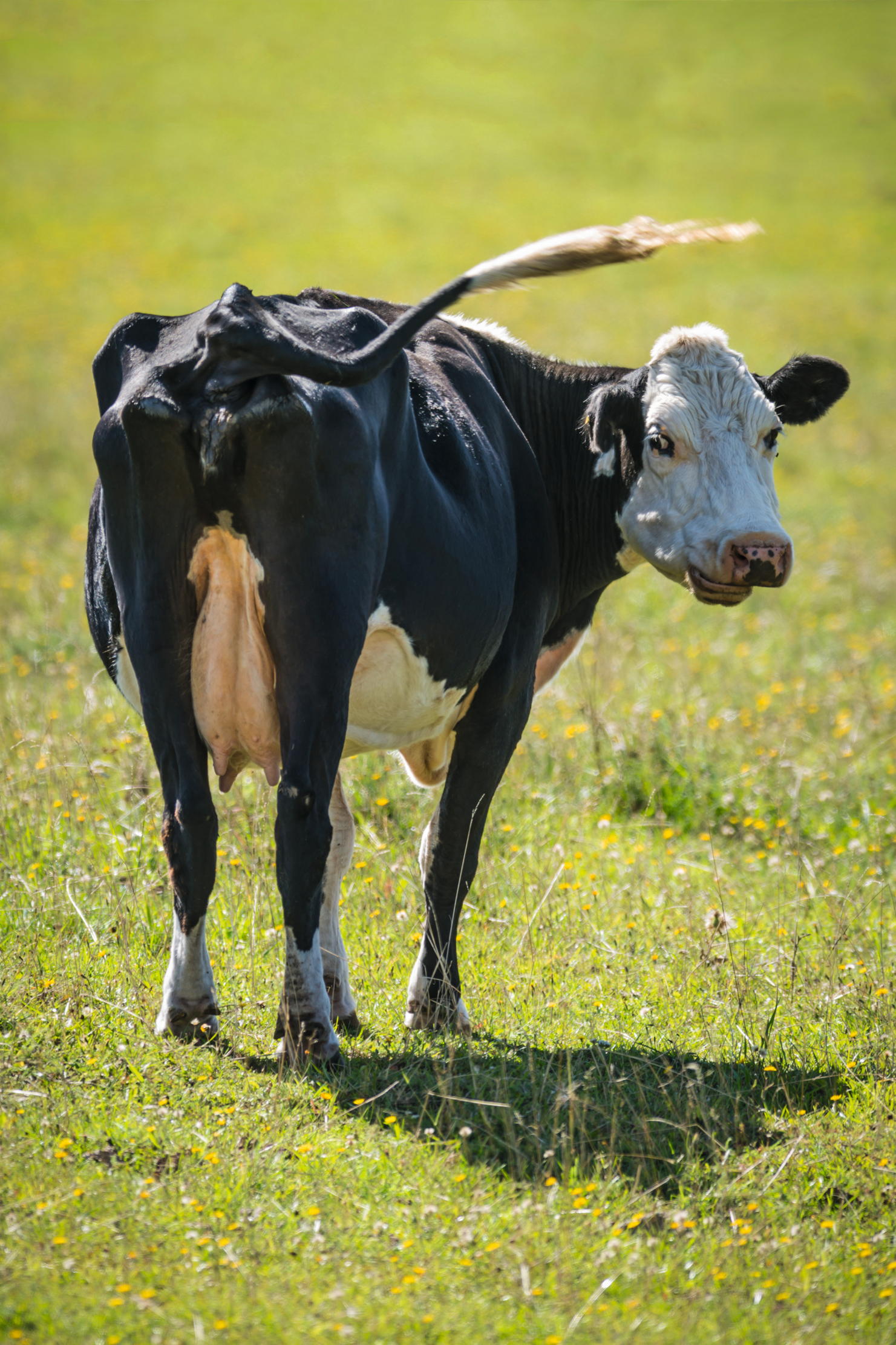 Curious Questions: Why do so many animals have bright white bottoms?
Curious Questions: Why do so many animals have bright white bottoms?Why do so many animals have such obviously flashy appendages, asks Laura Parker, as she examines scuts, rumps and rears.
-
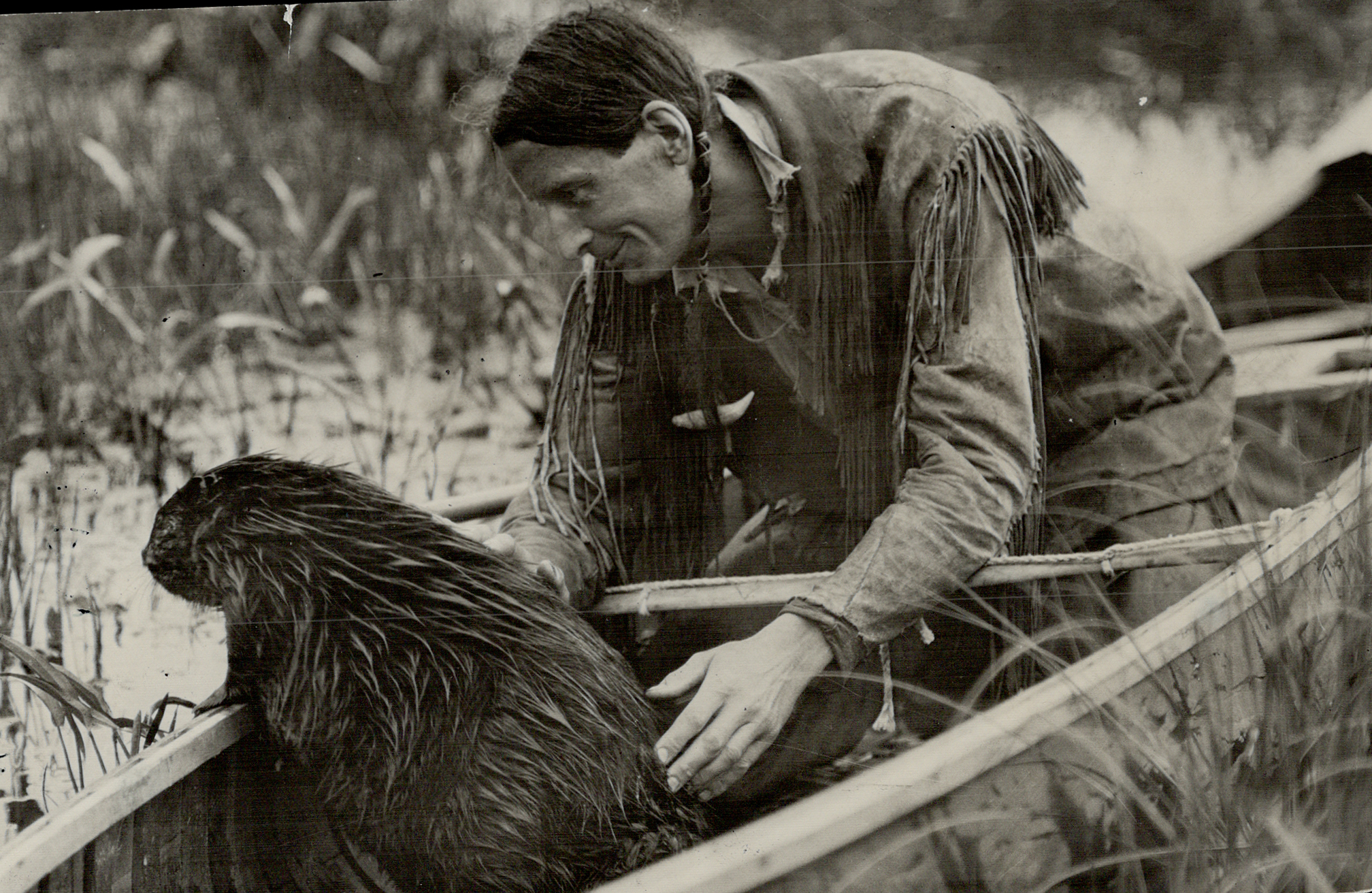 The 1930s eco-warrior who inspired David Attenborough and The Queen, only to be unmasked as a hoaxer and 'pretendian' — but his message still rings true
The 1930s eco-warrior who inspired David Attenborough and The Queen, only to be unmasked as a hoaxer and 'pretendian' — but his message still rings trueMartin Fone tells the astonishing story of Grey Owl, who became a household name in the 1930s with his pioneering calls to action to save the environment — using a false identity to do so.
-
 Curious Questions: Why do all of Britain's dolphins and whales belong to the King?
Curious Questions: Why do all of Britain's dolphins and whales belong to the King?More species of whale, dolphin and porpoise can be spotted in the UK than anywhere else in northern Europe and all of them, technically, belong to the Monarch. Ben Lerwill takes a look at one of our more obscure laws and why the animals have such an important role to play in the fight against climate change.
